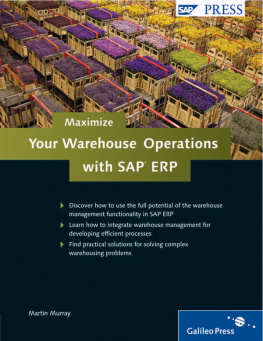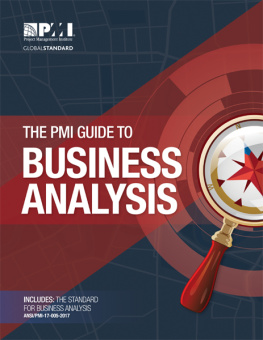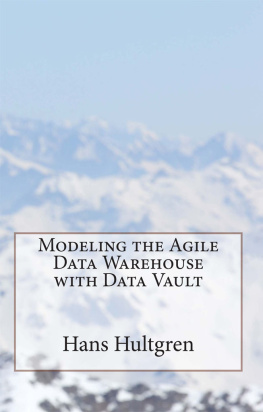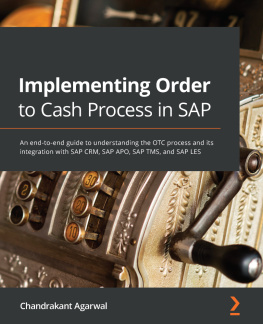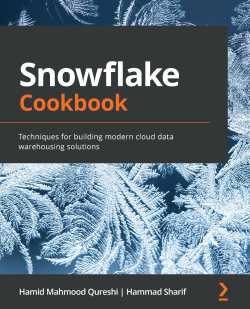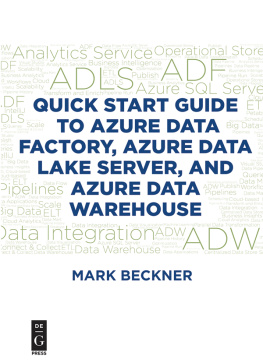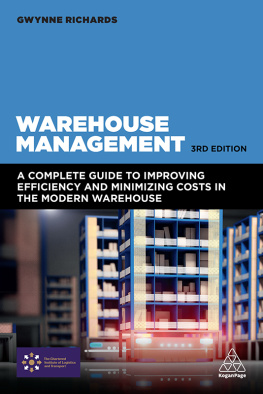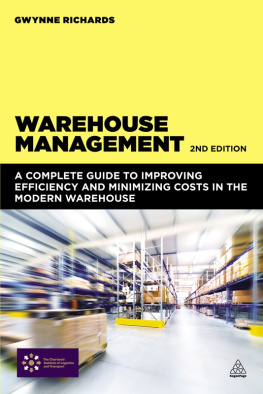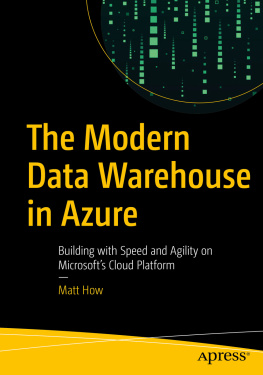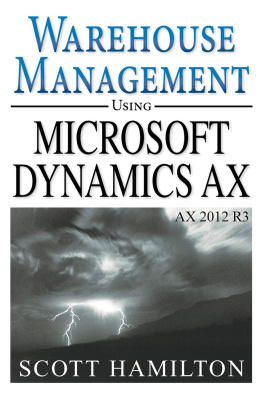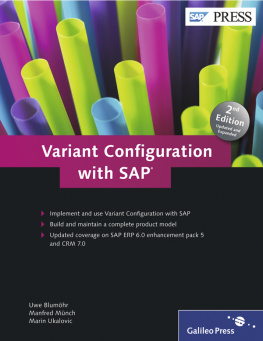This book is for the Warehouse Management consultant using SAP ERP or supply chain analyst whose company is implementing or has implemented warehouse management in SAP ERP. It is especially useful for professionals who want to understand warehouse management functionality, and how they can use it to transform their warehouse operations. We assume readers have a basic understanding of warehouse management functionality in SAP ERP, but require additional knowledge to use the solution to improve the operation of their companies warehouse operation.
This book examines all warehouse processes from incoming product to shipment completion, and it looks at the challenges and opportunities at each key processing point in both technical and operational terms. Throughout the book readers will find success stories, best practices, and explanations of the warehouse management tools in SAP ERP to achieve results with a minimum amount of time and expense.
Organization of This Book
This book is examines the full breadth of operations in the warehouse. It discusses how, by maximizing the use of the warehouse management functionality, you can successfully implement complex procedures. So lets take a look at how the book is organized.
Introduction
This chapter is for the readers to refamiliarize themselves with the importance of warehouse operations and the basic organization and master data in warehouse management in SAP ERP. The introduction explains the purpose of the book and gives the reader an overview of the warehouse management functionality in SAP ERP.
Effective Inbound Execution
This chapter examines the elements of the inbound delivery process. It discusses the advanced shipping notice and how it is important in the creation of inbound deliveries. The chapter goes on to discuss receipt at the warehouse and how handling units and automatic putaway can streamline storage in the warehouse.
Enhancing Your Managed Putaway and Quality Inspection Processes
This chapter reviews the managed putaway and quality inspection processing in the warehouse. The chapter describes processes such as fixed bin, open storage, next empty bin, and addition to stock strategies that can be used to efficiently put away material in the warehouse.
Improving Internal Warehouse Operations
This chapter covers general activities that take place inside the warehouse. The chapter examines general warehouse goods movements, such as the transfer requirements and transfer orders that are used to move materials and posting changes that amend the status of materials. Throughout the chapter well examine various processes and strategies to show how to make internal warehouse movements more efficient.
Effective Picking Operations and Storage Unit Management
This chapter discusses the different picking strategies, such as FIFO, LIFO, partial quantity, and fixed bin, which are used in the warehouse and can improve the warehouse operation. The chapter also examines the efficiencies of storage unit management when it is implemented in the warehouse.
Efficient Shipment Completion
This chapter reviews the steps required to complete a shipment, including the creation and monitoring of outbound deliveries. Well see a variety of procedures that can increase efficiencies in the shipment process.
Maximizing Returns Processing
In this chapter well review the complete returns process, from the initial call from the customer to the restocking of materials in the warehouse. The chapter also examines the role of different departments in the process and discusses how reverse logistics can create a new revenue stream for your company.
Efficient Physical Inventory
This chapter discusses the inventory procedures that clients use to maximize the efficiency of their inventory accuracy. These include cycle counting and continuous inventory, which are becoming more common as companies move away from traditional annual physical inventories.
Successful Cross-Docking
This chapter examines reasons why your company may want to introduce cross-docking and how to implement cross-docking in your warehouse. Cross-docking is an important aspect to many companies, especially retail-orientated businesses. It is an efficient way that can help your company improve deliveries to customers while reducing warehouse resources.
Working with Hazardous Materials
In this chapter well discuss the subject of hazardous materials, which are used in the production of finished goods in thousands of companies every day. The storage and management of these materials is extremely important to the safe operation of the warehouse.
Using Radio Frequency Identification Effectively
The use of RFID is increasing, and this chapter examines how you can use the SAP Auto-ID Infrastructure application to implement a successful RFID process. The chapter also discusses the successful uses of radio frequency in the warehouse.
Effective Use of Warehouse Data and Reporting
In this chapter well examine several key standard warehouse management reports in SAP ERP that can enhance your staffs ability to create efficiencies in warehouse processes. The chapter also reviews the warehouse activity monitor, which is crucial in the operation of an efficient warehouse.
Conclusion
This chapter summarizes the elements discussed in the book and examines how the concepts can be adopted to produce successful warehouse processes based on maximizing the use warehouse management in SAP ERP.
I hope this book gives you the information that will help you maximize the use of the warehouse management functionality in SAP ERP. I hope you can use the knowledge you gain from reading this book to develop your skills to help your company benefit from using SAP ERP.

